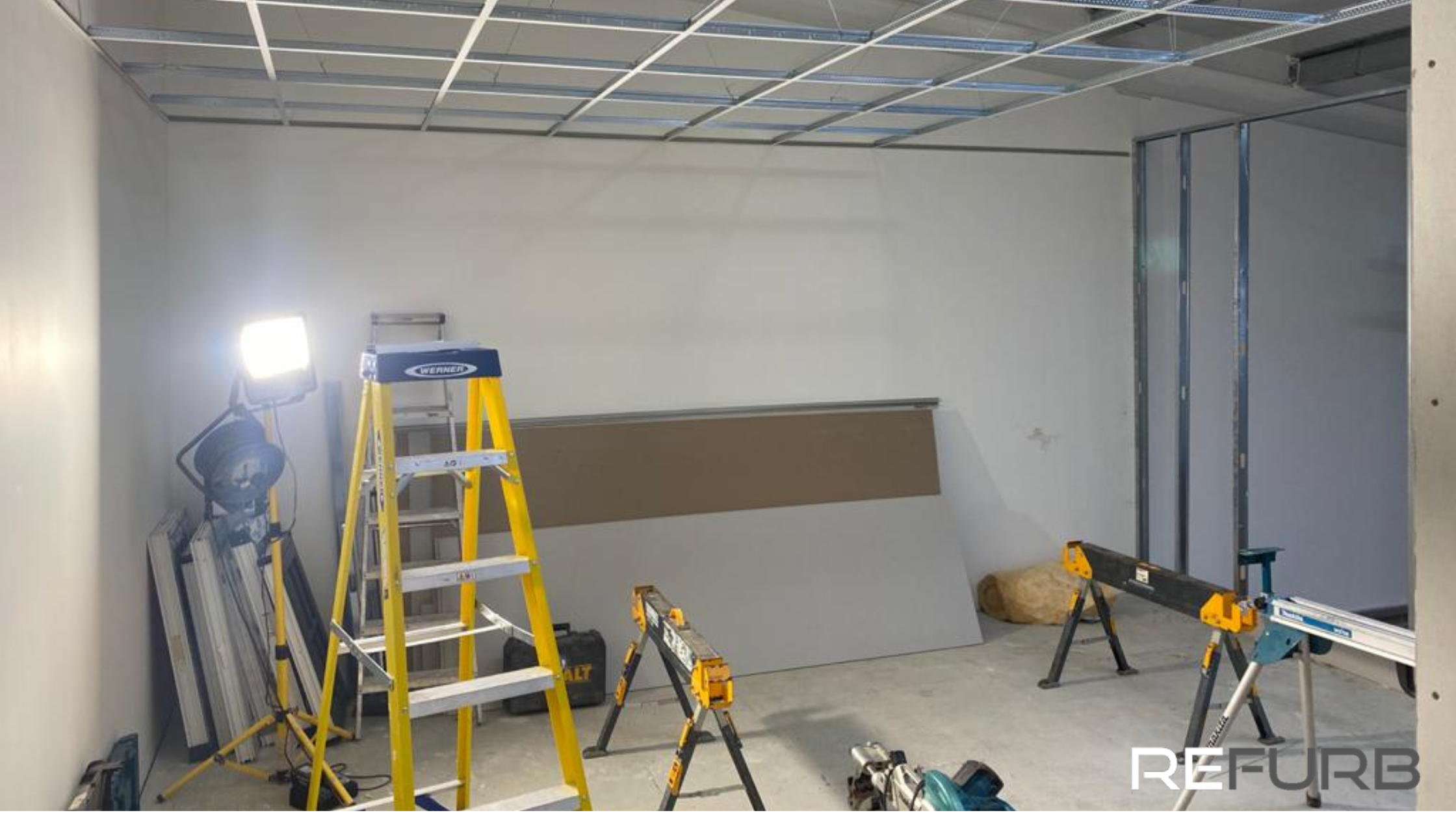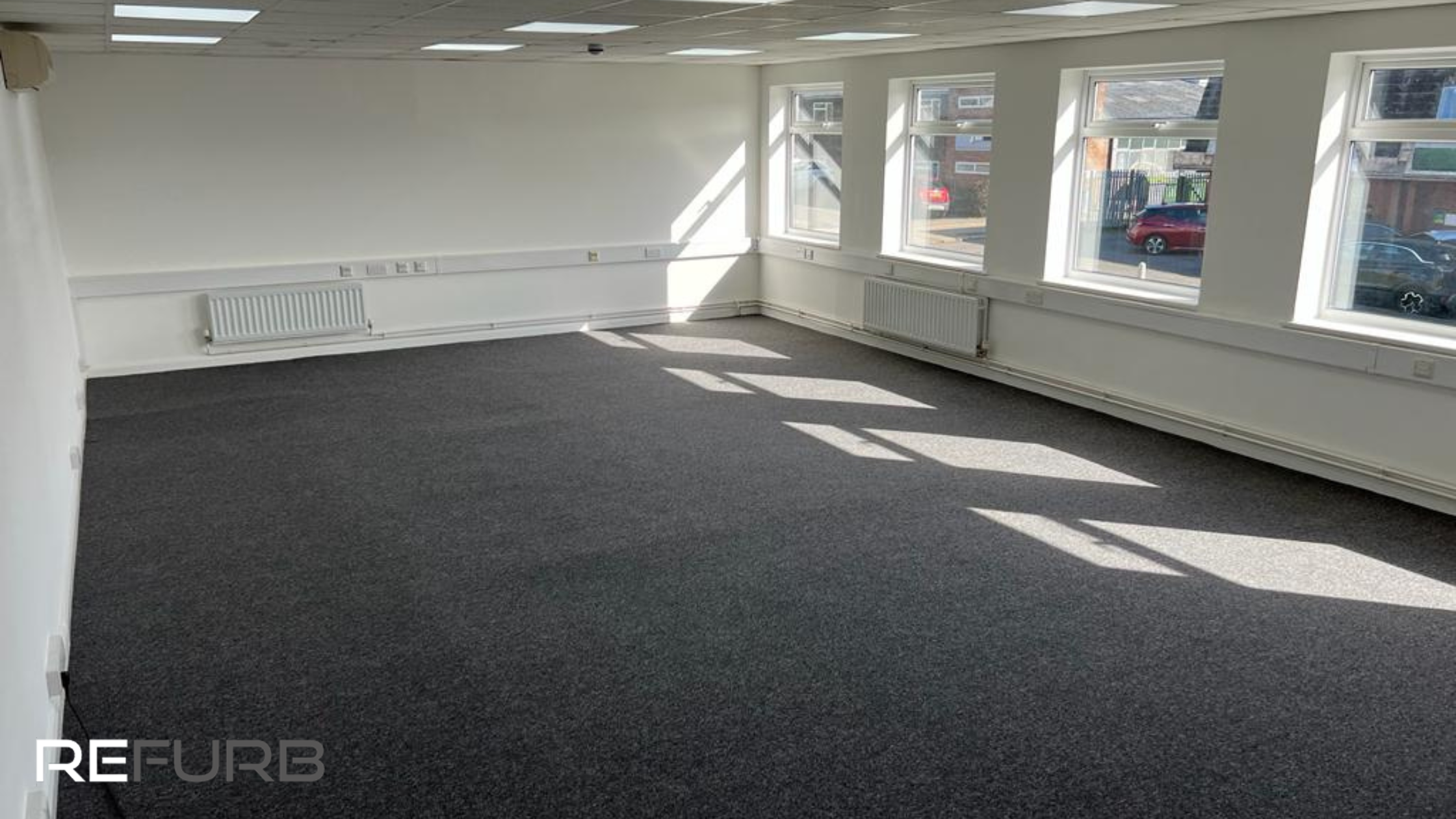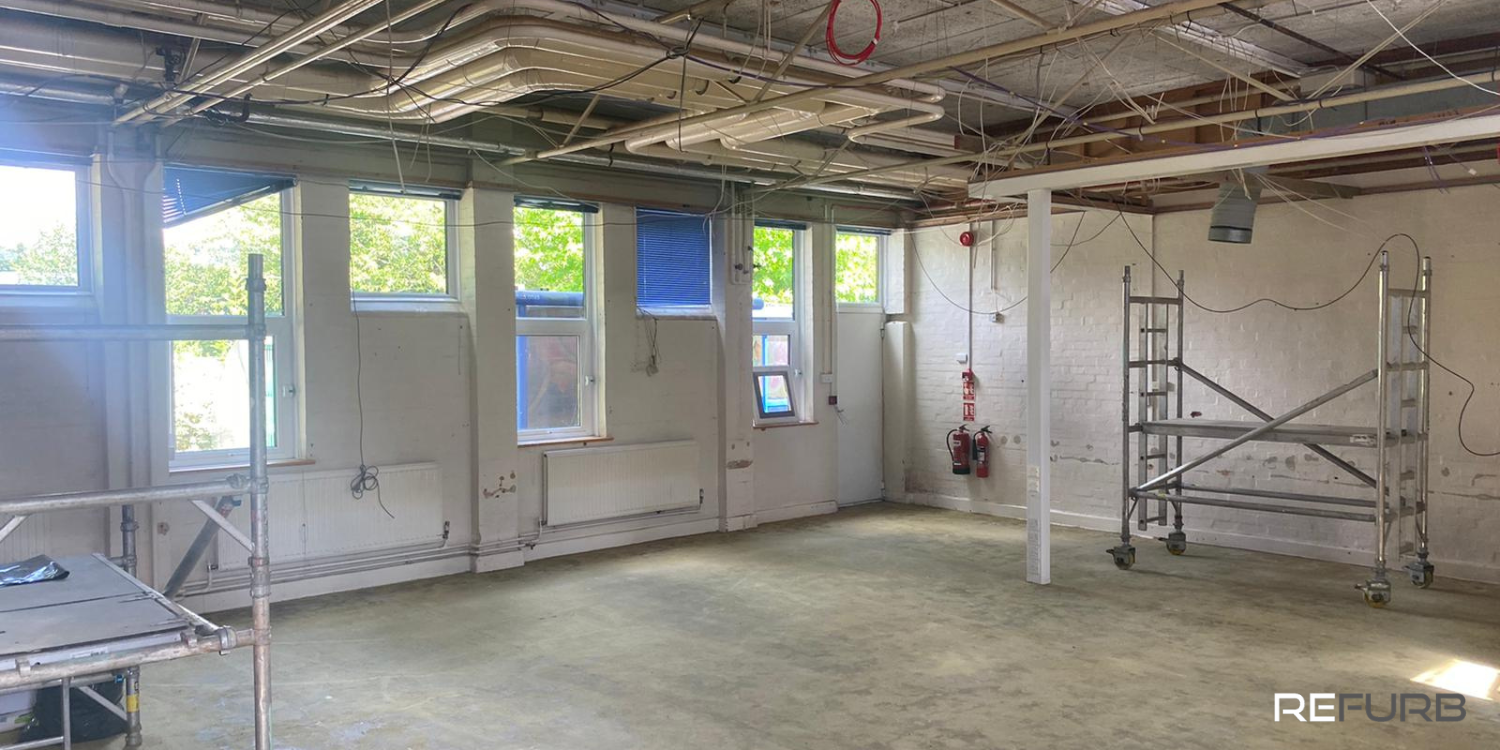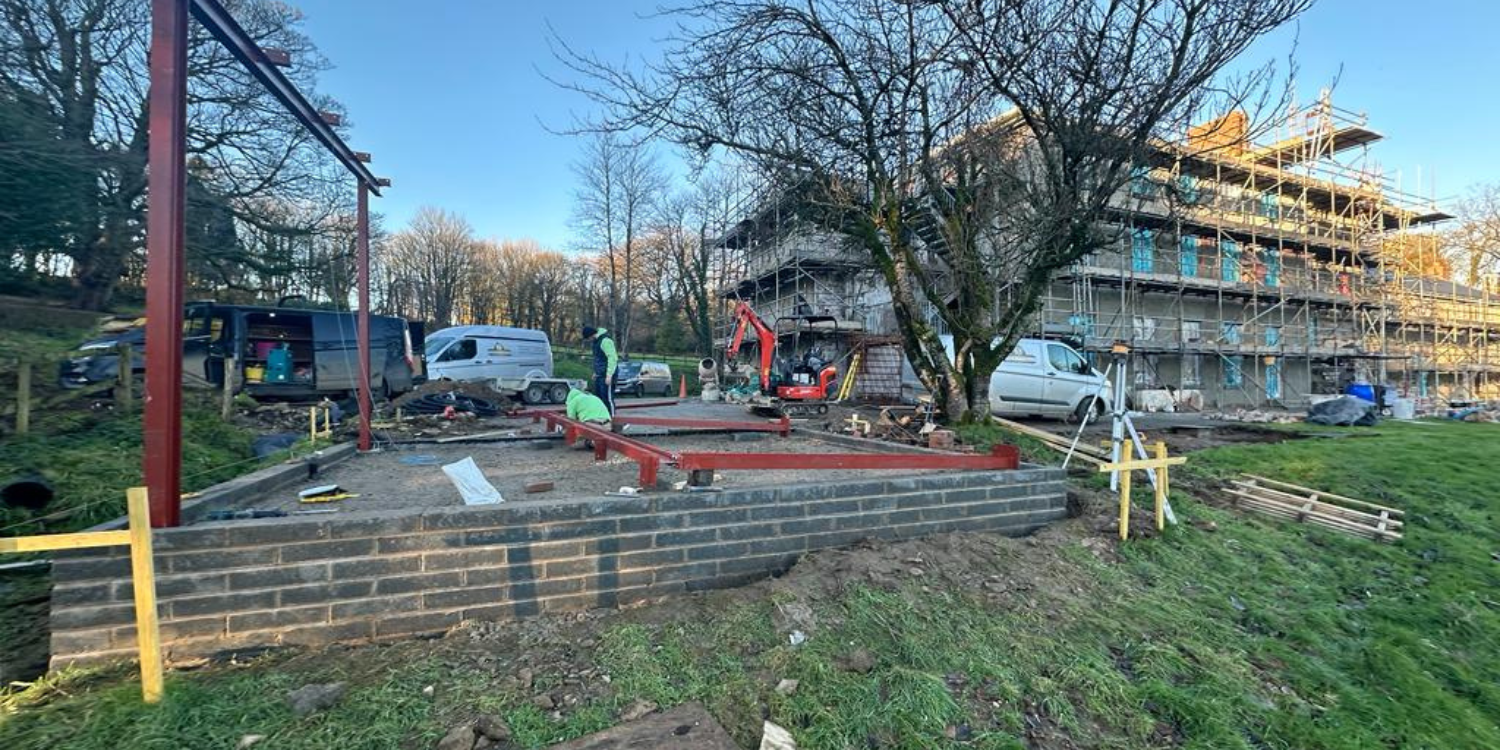The important thing to understand as a commercial landlord is that you are responsible for anything you state you are responsible for in your lease agreement.
Before you commence with a new tenancy, we highly recommend that you engage a professional to draw up the agreement, clearly outlining what you as the landlord are responsible for with regards to your commercial property maintenance, and what your tenant is responsible for. To some extent, you can write what you want in this agreement, but to be competitive and attractive to tenants, thereby securing good quality and longevity there are certain expectations as well as lawful obligations.
Commercial landlord responsibilities required by law
Health and Safety is a priority when leasing a warehouse or commercial property. As a commercial landlord, you must comply to the law and provide the following:
- Safe structures – you cannot lease a building to someone that is unsafe or unfit for use
- Fire safety – regular inspections and records of work undertaken to ensure minimal risk of fire, and provision of smoke/fire alarms
- Electrical equipment – Electrical safety responsibilities include EICR tests for the inspection of electrical circuits and equipment that are permanently installed
- Gas safety – Maintenance of permanently installed equipment and regular inspections from a Gas Safety Engineer, and provision of carbon monoxide monitors
- Reasonable temperature control and management
- Space, ventilation and lighting
- Toilets and washing facilities
- Clean and safe drinking water.
Additional responsibilities for commercial landlords
Asbestos management – You could include this in your own responsibilities if you are refurbishing a warehouse for example. If you suspect asbestos, call in a surveyor who will assess the extent of the problem and organise safe removal. However, if you have not disturbed the structure, you could make it the tenant’s responsibility to act accordingly if asbestos suspected. We’ve seen this the case in some schools.
PAT testing – For any portable electrical items such as Wi-Fi hubs, radios and fridges. If you own these items, you may wish to accept responsibility for the annual PAT testing. However, you could also list the items you’re responsible for in the lease agreement, according to your asset register, and leave other items to the tenant.
Repairs and maintenance – Ongoing repairs for wear and tear, and damage through misuse could come down to the tenant, but you may wish to include lager repairs such as storm damage and other force majeure in your own responsibilities. It’s worth remembering that when it comes to the building structure, you want quality workmanship on your property.
Landscaping and gardening – It won’t be your logo on the outside of the building, so you may want to leave the exterior aesthetics to your tenant, however, if you want to reduce the risk of water ingress or vermin for example, you could include inspections in the landlord responsibilities.
End of lease, repairs and refurbishment – do you want to make the tenant responsible for returning the warehouse or offices to their original design/layout? Are you content to just include general repairs?
We hope this article has given you some things to consider when it comes to commercial landlord responsibilities. If you’d like to discuss the refurbishment of your commercial property before or after lease, please get in touch with the office, on 01993 685998 or admin@refurb-pr.co.uk




